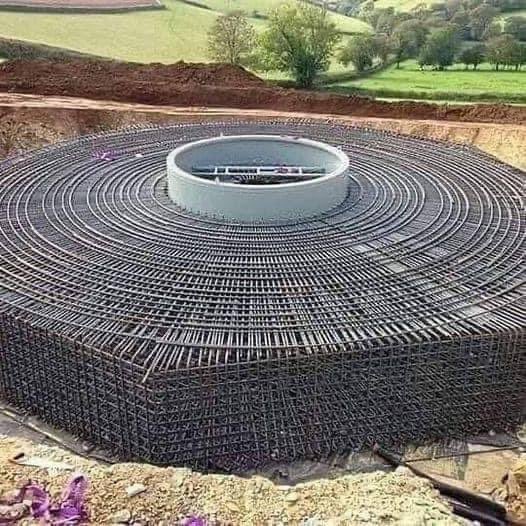The construction of wind turbines relies heavily on materials like steel, concrete, fiberglass, and rare earth elements (REEs) such as neodymium and dysprosium. The extraction of these REEs, predominantly in countries like China, leads to severe environmental degradation, including toxic water pollution and habitat destruction due to mining operations. This aspect alone negates the green credentials of wind power, as the environmental cost at the production stage is considerable.
Moreover, the life cycle of wind turbines presents additional ecological challenges:
- Waste Generation: Turbine blades, composed of non-recyclable composite materials, pose a significant disposal problem. These blades, after their 20-25 year lifespan, often end up in landfills due to the complexities and costs associated with recycling them. This waste not only occupies space but also represents a failure in the circular economy model.
- Resource Intensity: The manufacturing process, particularly for the steel and concrete used in turbine towers and foundations, is resource-intensive and contributes significantly to the carbon footprint of wind energy. Although the operational phase of wind turbines is clean, the production phase’s emissions are front-loaded and substantial.
- Land Use and Wildlife Impact: Wind farms require substantial land or sea area, which can lead to habitat fragmentation and disruption. There’s also the well-documented impact on avian and bat populations, where turbines can cause fatalities either through direct collision or through barotrauma caused by pressure changes around the spinning blades.
- Lifecycle Emissions: While wind energy has lower lifecycle greenhouse gas emissions compared to fossil fuels, when considering the total system-wide impact, including the inefficiencies caused by the need for backup power sources due to wind’s intermittency, the environmental benefit is somewhat diminished.
The base of a wind turbine, or foundation, can weigh between 600 and 1,000 tons. Wind turbine blades are built with balsa wood which is obtained by deforestation of the Amazon rainforest. Wind turbines contain concrete, carbon fiber, steel, cast iron, copper, aluminum, boron, chromium, cobalt, manganese, molybdenum, nickel, and rare earth elements. They have an operational lifespan of up to 25 years and are unreliable in low wind, kill raptors, disorient other birds and are eyesores.
It is estimated that globally, around 43 million tons of wind turbine blade waste could pile up by 2050 – the equivalent of 215,000 locomotives.
Wind turbine construction:
— James Melville 🚜 (@JamesMelville) October 3, 2024
The base of a wind turbine, or foundation, can weigh between 600 and 1,000 tons.
Wind turbine blades are built with balsa wood which is obtained by deforestation of the Amazon rainforest.
Wind turbines contain concrete, carbon fiber, steel, cast… pic.twitter.com/Ap1fRT7bcm
This is the steel used in the base of a wind turbine. To complete it you still have to add between 600 and 800 cubic metres of concrete, which is a weight of nearly 2000 tons. Once the wind turbine is dismantled, this base will forever be buried in the ground. Wind is not Green. pic.twitter.com/M2DPhrKplD
— Dubhghall (@macnahgalla) October 2, 2024
